Vietnamese ceramics sold by Serpent Rythm Continuum
Eastern Han Dynasty, Vietnam Bắc thuộc Ash Glazed Pottery Jar with Green Glaze Splash, Vietnam, 1st-3rd century. W10cm×H6.7cm. Sold. Courtesy Serpent Rythm Continuum.
An ash-glazed jar fired in Northern Vietnam during the Eastern Han dynasty of China, which was the early period of Bắc thuộc (Vietnam under Chinese rule). It has an abacus-shaped body, a sharp mouth, and designed incised lines on the shoulder. A thin transparent glaze on the slip is applied to the beige clay, and a green glaze drop is decorated.
Vietnam was under Chinese rule for one thousand years until the founding of the Ngô dynasty (939), the first unified dynasty in North Vietnam. Ash-glazed pottery like this piece was produced under the influence of the Han dynasty. Whereas the shape and technique are mutual to southern China, the vitrified glaze drop decoration can only be found in northern Vietnam. While some people say that the decoration was created by accident, since it has been found in the tombs and intended for funerary use, it indicates that they have some meaning rooted in the spiritual perspective of the Vietnamese people.
Lý Dynasty Celadon Dish with Relief Design, Vietnam, 12th-13th century. W15cm×H4cm. Sold. Courtesy Serpent Rythm Continuum.
A celadon dish fired during the Lý dynasty (1009-1226) in Đại Việt (now northern Vietnam). The relief design by moulding followed Chinese Song porcelain and was the major product along with the brown glazed inlaid-ivory glaze ware in Vietnam at that time. The unglazed base and spur marks on the front face overlap the Yaozhou-type celadon and retain the strong influence of northern China, which was still the centre of culture at that time. The highly transparent olive green glaze covered with crackle glaze is beautiful.
Trần Dynasty Celadon Teabowl with Stripe and Petal Shaped Design, Vietnam, 13th-14th century. W15cm×H6.5cm. Sold. Courtesy Serpent Rythm Continuum.
A celadon bowl fired from the end of the Lý dynasty to the beginning of the Trần dynasty in Đại Việt (now northern Vietnam). It rises rounded from a small base, slightly angled at the waist, and reaches a rounded petal-shaped rim.
In Vietnam, ceramic technology has improved dramatically by inviting 12 Chinese potters at the end of the Lý dynasty. This piece is also high quality and draws yet close to Longquan celadon. On the other hand, the iron-coated inside base was possibly imitated the clay colour of the Longquan celadon and the iron-coated narrow ring mark on the interior of the bowl, which placed next to the clay marks of layered firing, also seems a sense of decoration. The discrepancy that occurred in imitating Chinese ceramics deeply contributed to the uniqueness and fascination of Vietnamese ceramics at that time.
Trần Dynasty Ivory Glazed Flower Shaped Bowl, Vietnam, 13th-14th century. W12cm×H5.5cm. Sold. Courtesy Serpent Rythm Continuum.
A flower-shaped bowl made during the Trần dynasty in Đại Việt (current northern Vietnam). It has a thin body made of fine white clay, and the ivory glaze is applied except to the inside base. It is influenced by the early white porcelain of North China and the Qingbai ware of South China; the finely crafted bowl harmonizes with the gentle glaze colour in a lovely silhouette. Because the base is high and the volume is modest, it is used by Japanese people for a sencha bowl and a sake cup.
Trần Dynasty Ivory Glazed Bowl with Bamboo Leaves Design in Underglaze Iron, Vietnam, 13th-14th century. W17cm×D16cm×H9cm. Sold. Courtesy Serpent Rythm Continuum.
An ivory glazed bowl fired during the Trần dynasty in Đại Việt (now northern Vietnam). It forms a thin body using high-quality white clay and draws bamboo patterns with accomplished style on the exterior wall and a well. It is inferred that this type of bowl was used as aristocrats everyday vessel, and it is occasionally found the exact design of different sizes in a set of stacking. The orange-cloured stains in the crackle glaze harmonise with the ivory glaze.
Trần Dynasty Small Dish with Chrysanthemum Design in Iron Painting, Vietnam, 14th century. W11.5cm×H3cm. Sold. Courtesy Serpent Rythm Continuum.
A small plate of iron paintings baked in the Trần Dynasty in Vietnam. This piece was made before the production of blue and white began, and remained the stacking marks on the face is a feature of the old type. The composition of the design, a single chrysanthemum flower in the centre of the ring line was influenced by the Cizhou ware, but the flat shape with a slight depth is rather close to Goryeo porcelain and Buncheong ware. Since it is the early period of the underglaze painting, has cloudy transparent glaze makes the painting obscure, but on the contrary, it creates a taste.
Trần Dynasty Ivory Glazed Bowl, Vietnam, 14th-15th century. W11cm×H7.5cm. Sold. Courtesy Serpent Rythm Continuum.
An ivory-glazed bowl fired during the Trần dynasty in Đại Việt (now northern Vietnam). A thin body made of high-quality white clay is covered with a transparent glaze, giving it a fresh white-green colour like the cut pear. The ring spurmarks remain in the centre of the interior, and the green glaze is pooled in the corner. The flat-bottomed metal-like shape, which is presumed to be India and the Khmer influence, matches the rise of Buddhism in northern Vietnam at that time.
Trần Dynasty Teabowl with Leaf and Cloud Design in Underglaze Iron, Vietnam, 14th-15th century. W12.8cm×H5.8cm. Sold. Courtesy Serpent Rythm Continuum.
eabowl with underglaze iron painting fired in the Trần dynasty in Đại Việt (now northern Vietnam). A rare example in underglaze-iron design which the arabesque-style design drawn on the exterior and the snake-eye unglazed mark on the interior is typical of the Annamese blue and white of the same period. The lustrous transparent glaze is beautiful, and the slight cloudiness makes the painting obscure and creates elegance.
A cobalt blue glazed lidded box salvaged from a cargo of Hoi An shipwreck, on the coast of Vietnam. Vertical stripes are carved into the body and a calyx is decorated to the top of the lid to form a fruit.
It is believed that the numerous pieces of pottery on board the ship were ordered by a powerful people in the South Sea to the Đại Việt (current northern Vietnam). The cobalt blue glaze design, which began with Yuan blue and white, is thought to have been a luxury item in Vietnamese blue and white, and the amount is incomparably less than that of normal blue and white wares.
Later Lê Dynasty Blue and White Teabowl with Brown Glaze, Vietnam, 16th century. W6.5cm×H4.5cm. Sold. Courtesy Serpent Rythm Continuum.
A teabowl fired in the Later Lê dynasty in Đại Việt (current northern Vietnam). The interior is decorated with ring lines in underglaze blue on white slip and brown glazed on the exterior.
This piece has a unique combination of two significant designs derived from Chinese ceramics, Tenmoku and Blue and White. It is presumable that there are similar examples found in Hizen porcelain in the early period (Early Imari ware) that may have been influenced by this type of tea bowl exported to Japan. An attractive teabowl, not only the colour scheme but the textures and kiln effects are contrasted on the soft interior and solid exterior.
Later Lê Dynasty Muji Annam Teabowl, Vietnam, 16th century. W12.5cm×H7.5cm. Sold. Courtesy Serpent Rythm Continuum.
A teabowl fired in the Later Lê dynasty in Đại Việt (current Vietnam). It has an elegant shape that rises from a decent base and a bulgy hip, and the rim is slightly opened. Because it is applied white slip on the interior, the skin is a milky white colour, and a ring line and a small 壽 (thọ) character are drawn with cobalt inside the bowl.
This shape of teabowl with an ivory-toned glaze over a white slip, bear no decoration or only a few lines, without decoration on the exterior, is called Muji-Annam (plain) in Japan, was prized along with the Shibori-te (tie-dyed type) and Beni Annam (safflower red). This piece has no unglazed stacking rings and is wrapped entirely with a lustrous and graceful pale tone.
Later Lê Dynasty White Slip Tea Bowl with Lotus Petal Design in Underglaze Blue, Vietnam, 16th-17th century. W12.8cm×H6.5cm. Sold. Courtesy Serpent Rythm Continuum.
A blue and white tea bowl fired in the Later Lê dynasty in Đại Việt (current Vietnam). It has a neutral bowl shape with an everted rim and an unglazed circular stacking mark on the well. In Japan, this is an example of what is called Annam Shibori-de (Vietnamese tie-dyed type). It has excellent crazing skin decorated with faint and vague paintings, which makes the nuanced beauty of the piece.
This piece was presumably made in the Bat Trang kiln, where potters moved from the Chu Dao kiln in Hai Duong Province at the end of the 16th century, a central production area for trade ceramics. This type belongs to the later period of Vietnamese trade ceramics, and there are more excavated examples in Japan than in the Southeast Asian countries.
A blue and white dish fired during the Later Lê dynasty to the Mạc dynasty in Đại Việt (current Vietnam). This piece was produced simultaneously as the group of Vietnamese ceramic in Japan called “Annam Shibori-te” during the turmoil of the decentralized period and the abolition of the Haijin ban (1567) in the Ming Dynasty. The same type of dish manufactured by the lying down baking has been found in Vietnam and Hoi An shipwreck, and it is presumed that it was a common type at that time.
At least in the 13th century, the Vietnamese logographic writing system based on the Chinese character “Chữ Nôm” was innovated and developed their own writing culture. Various Chinese characters are also recognized in their ceramics, but in most cases, they are drawn small in the interior or exterior of the bowl. However, this dish’s design, which is largely drawn to the character “德 (virtue)”, is unique and rare.
Quinam Ash Glazed Bowl with Stamped Solar-whorl Design in Underglaze Iron, Vietnam, 17th century. W15cm×H5cm. Sold. Courtesy Serpent Rythm Continuum.
A bowl fired in Đàng Trong (Cochinchina) under the rule of the Nguyễn lords in the seventeenth century. It has the solar-whorl stamps decoration on the exterior and centre of the interior in underglaze iron and is covered with an ash glaze. The ring pool of glaze along the stacking ring mark has a beautiful olive-green colour, and the blurred stamps create a wabi-sabi taste.
This type was fired in central Vietnam, unlike the Annamese blue and white produced in the north, but it is similar in style to Fujian kilns such as the Anxi kiln. It was imported to Japan via Dutch or Chinese ships between 1660 and 1680, and there are examples excavated from the cities such as Nagasaki, Hakata, Sakai, Osaka and Edo. Therefore, it may have a decoration and shape influence on Imari ware, which actively produced tablewares for domestic demand from the 1680s. An important example which indicates the interaction among Asian ceramics in trade relations.
Sông Bé Ware Dish Decorated with Rooster And Flowers Printing, Vietnam, 20th century. W19cm × H3.5cm. Sold. Courtesy Serpent Rythm Continuum.
A Sông Bé ware dish fired in Binh Duong Province, which is adjacent to Ho Chi Minh City in southern Vietnam in the middle of the 20th century.The rooster is a symbol of fertility and prosperity in Vietnam, but also a national symbol of France, the former colonial ruler.
Even though it was made in Vietnam, unlike Annamese ware which is made with a transparent glaze on white slip, the tin-glazed tone like Faience ware tells the influence from French. The shape of the vessel seems to be imitating the rim plate, but it is incomplete, and the painting line is surrounded in a rim shape.

/https%3A%2F%2Fprofilepics.canalblog.com%2Fprofilepics%2F1%2F0%2F100183.jpg)
/https%3A%2F%2Fstorage.canalblog.com%2F03%2F02%2F119589%2F96711876_o.jpg)
/https%3A%2F%2Fstorage.canalblog.com%2F11%2F31%2F119589%2F94773502_o.jpg)
/https%3A%2F%2Fstorage.canalblog.com%2F20%2F83%2F119589%2F94772815_o.jpg)
/https%3A%2F%2Fstorage.canalblog.com%2F26%2F72%2F119589%2F75604929_o.jpg)
/https%3A%2F%2Fstorage.canalblog.com%2F59%2F60%2F119589%2F26458628_o.jpg)
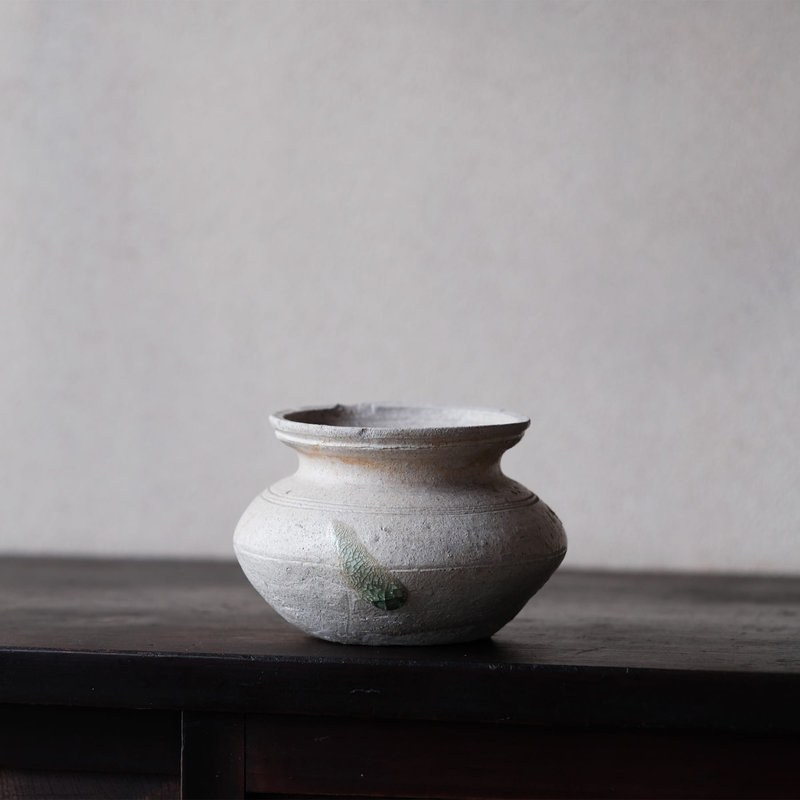

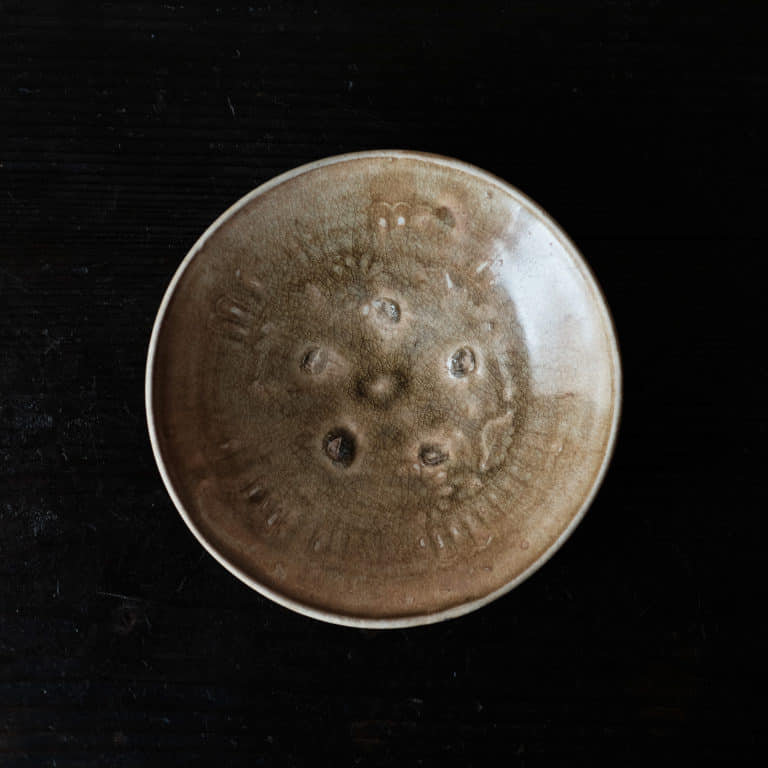















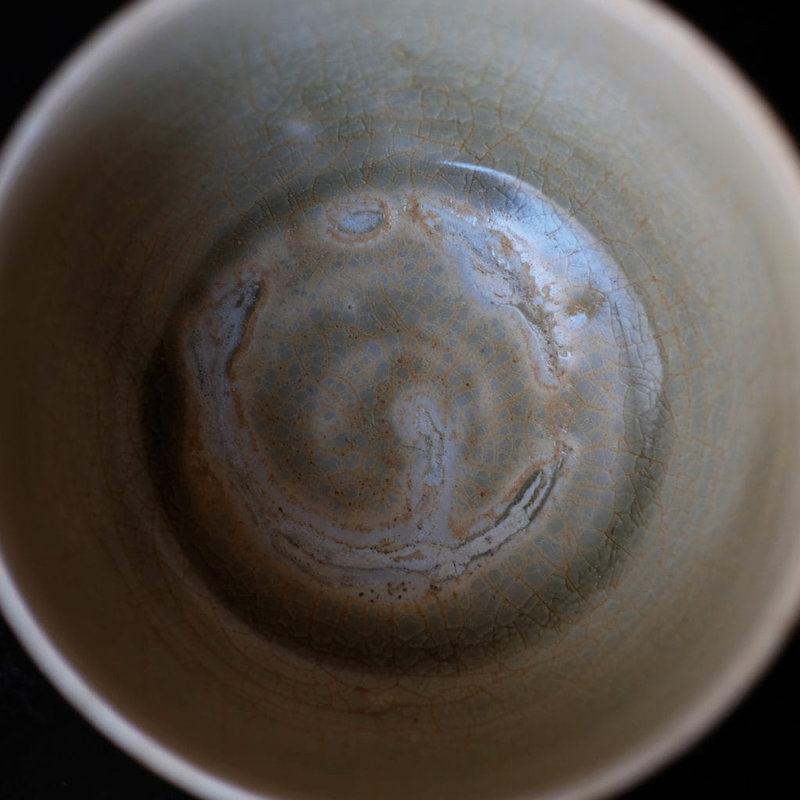




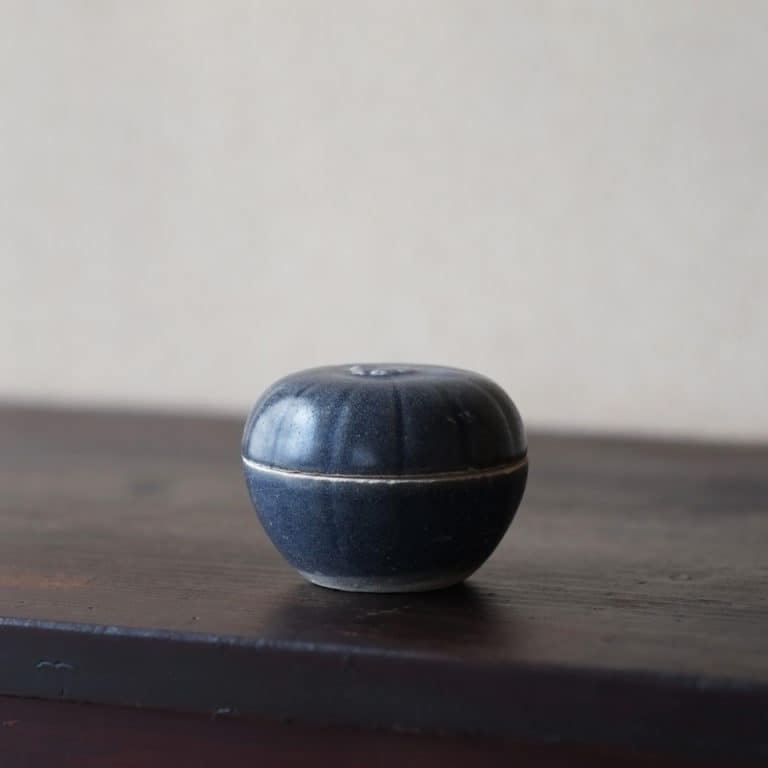



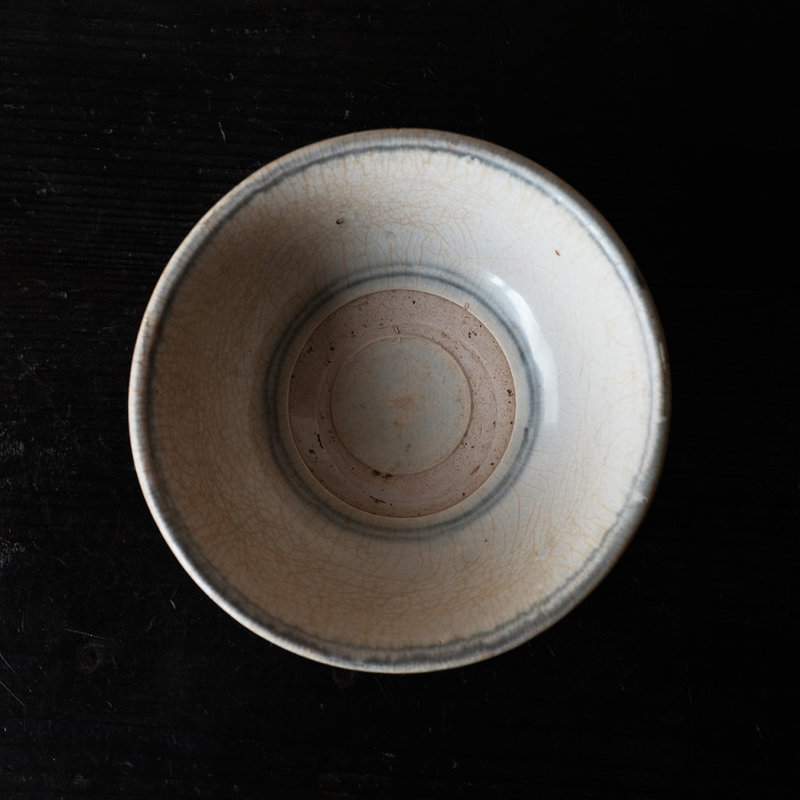



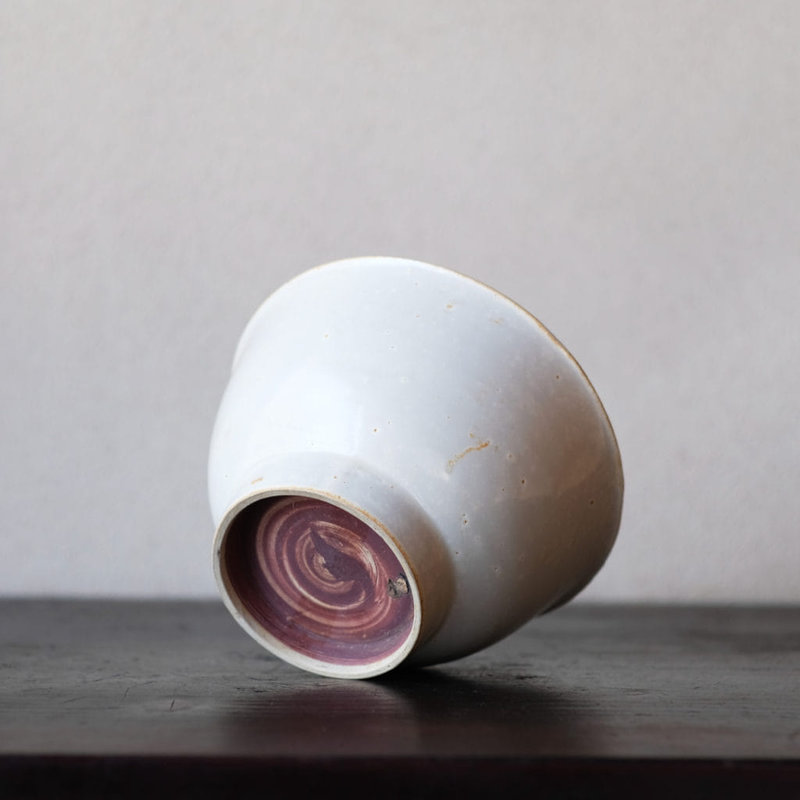






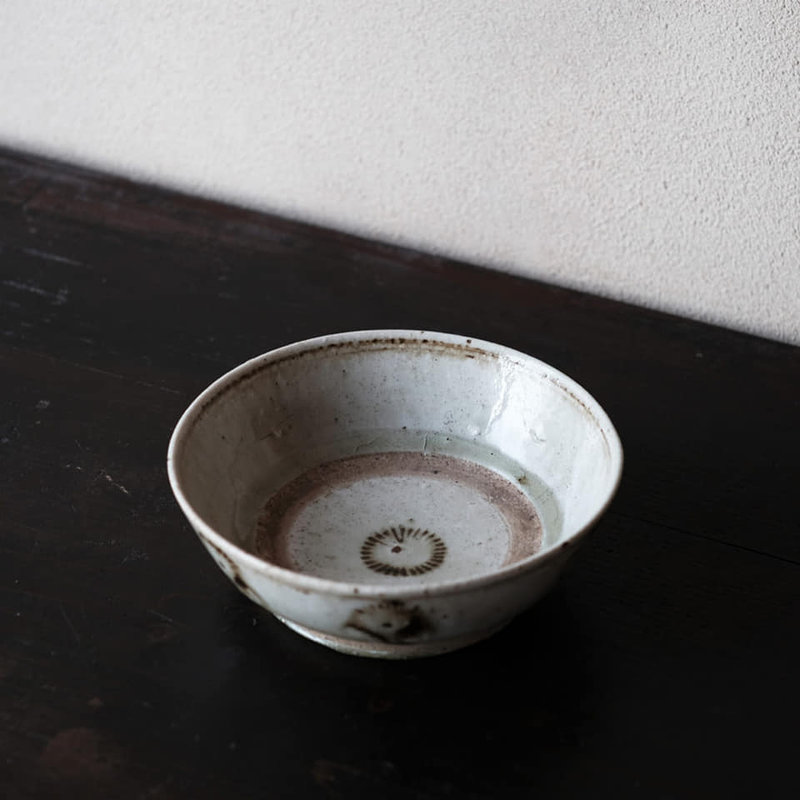







/image%2F1371349%2F20240418%2Fob_ac5c4c_telechargement.jpg)
/image%2F1371349%2F20240418%2Fob_709b64_304-1.jpg)
/image%2F1371349%2F20240418%2Fob_22f67e_303-1.jpg)
/image%2F1371349%2F20240417%2Fob_9708e8_telechargement.jpg)